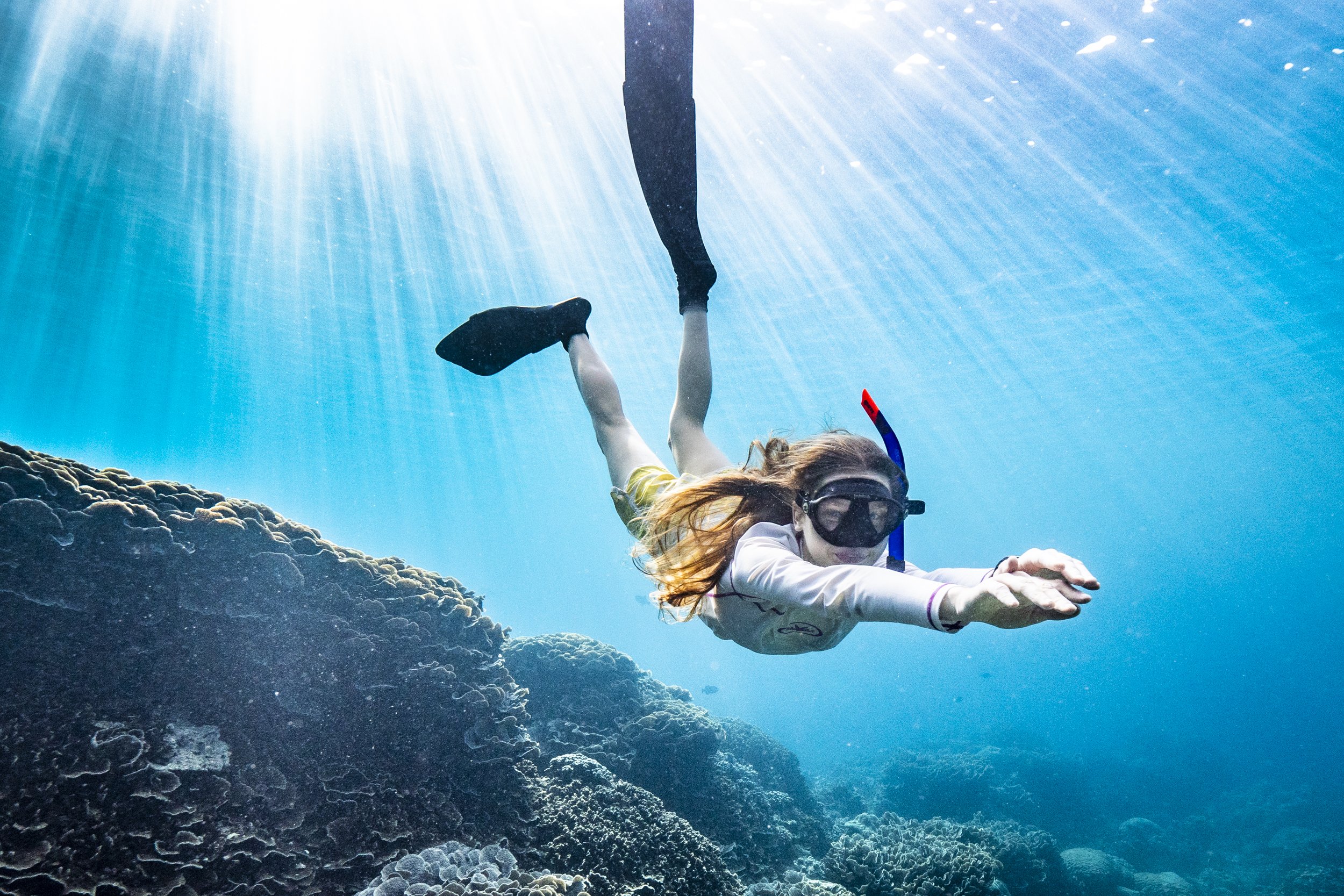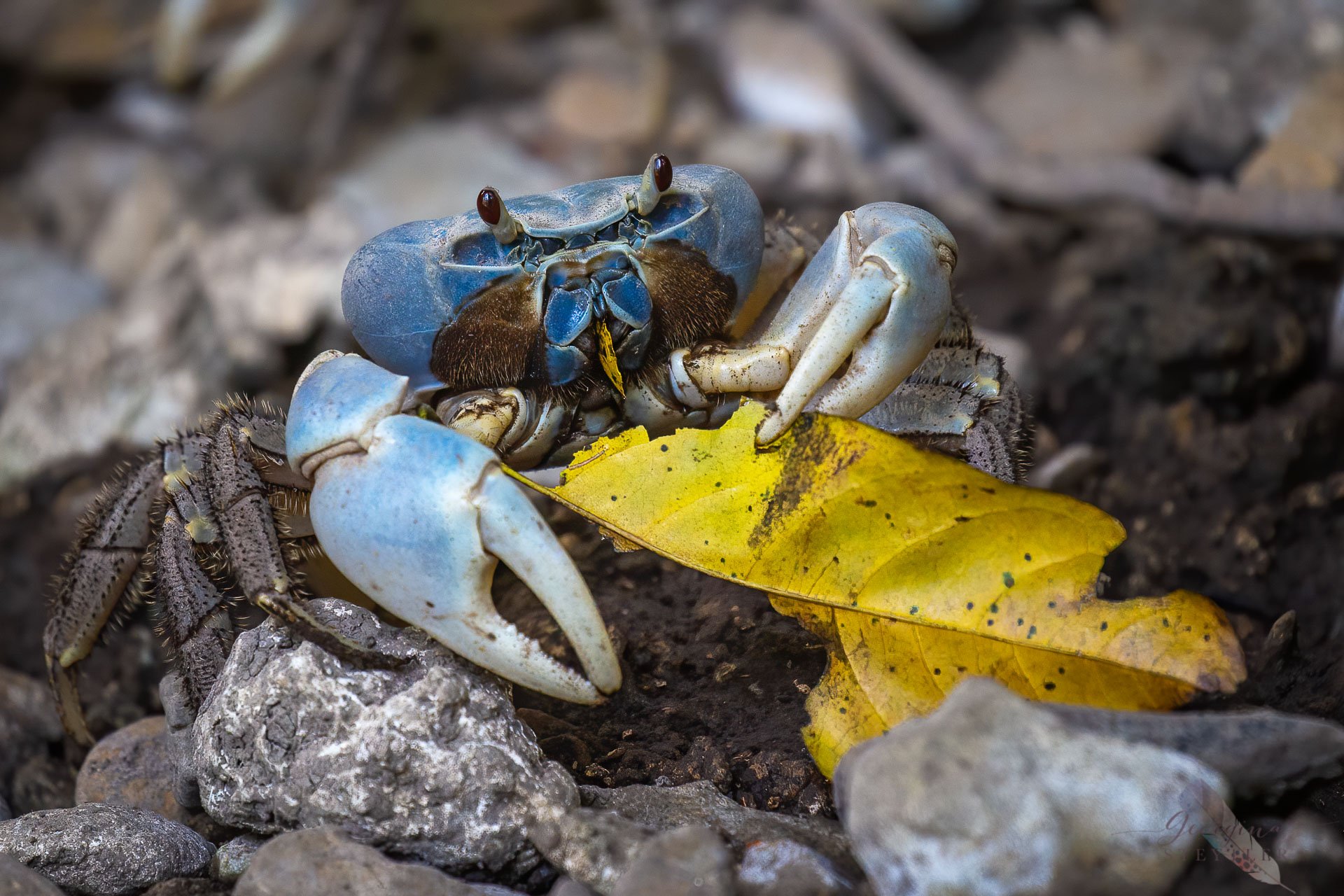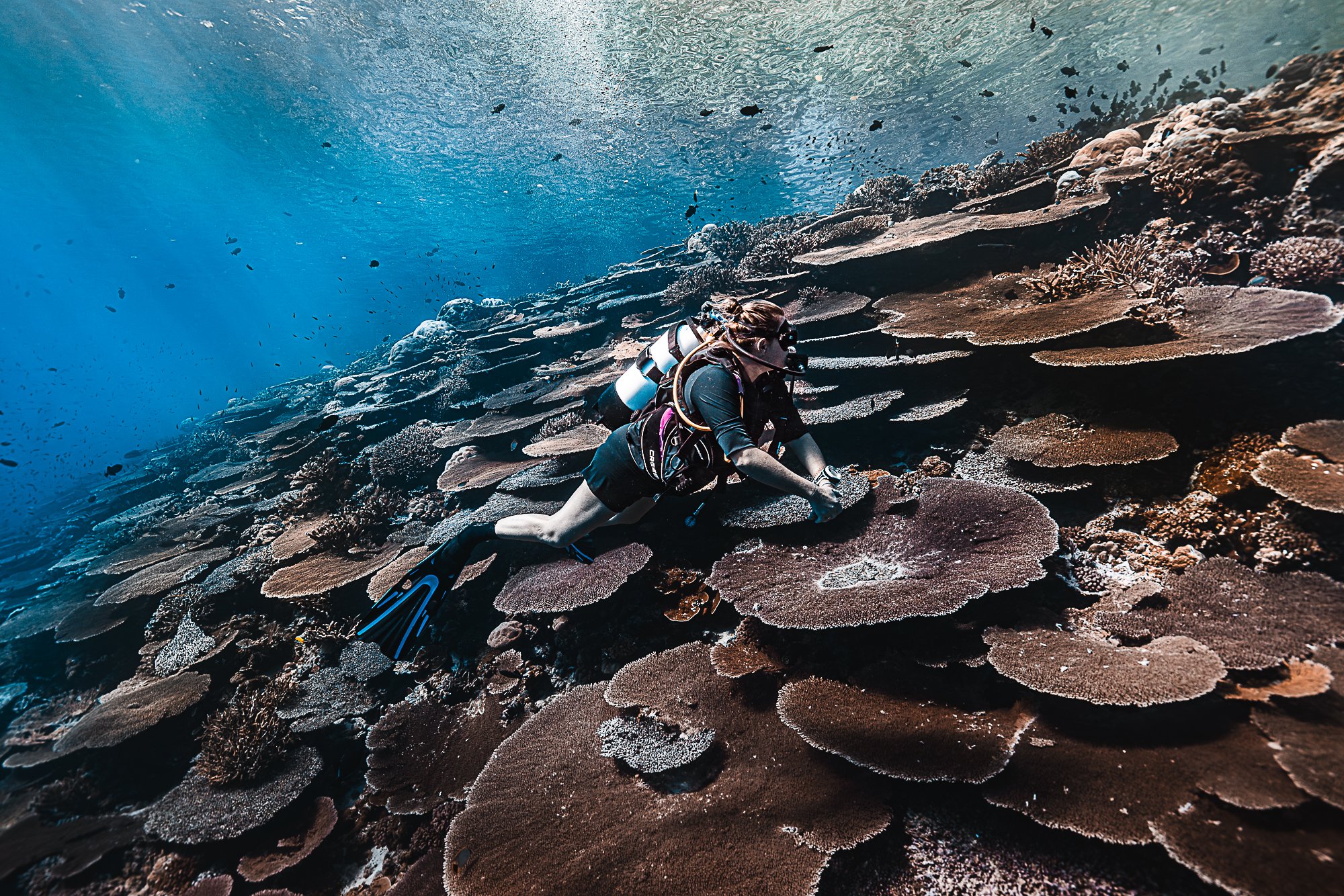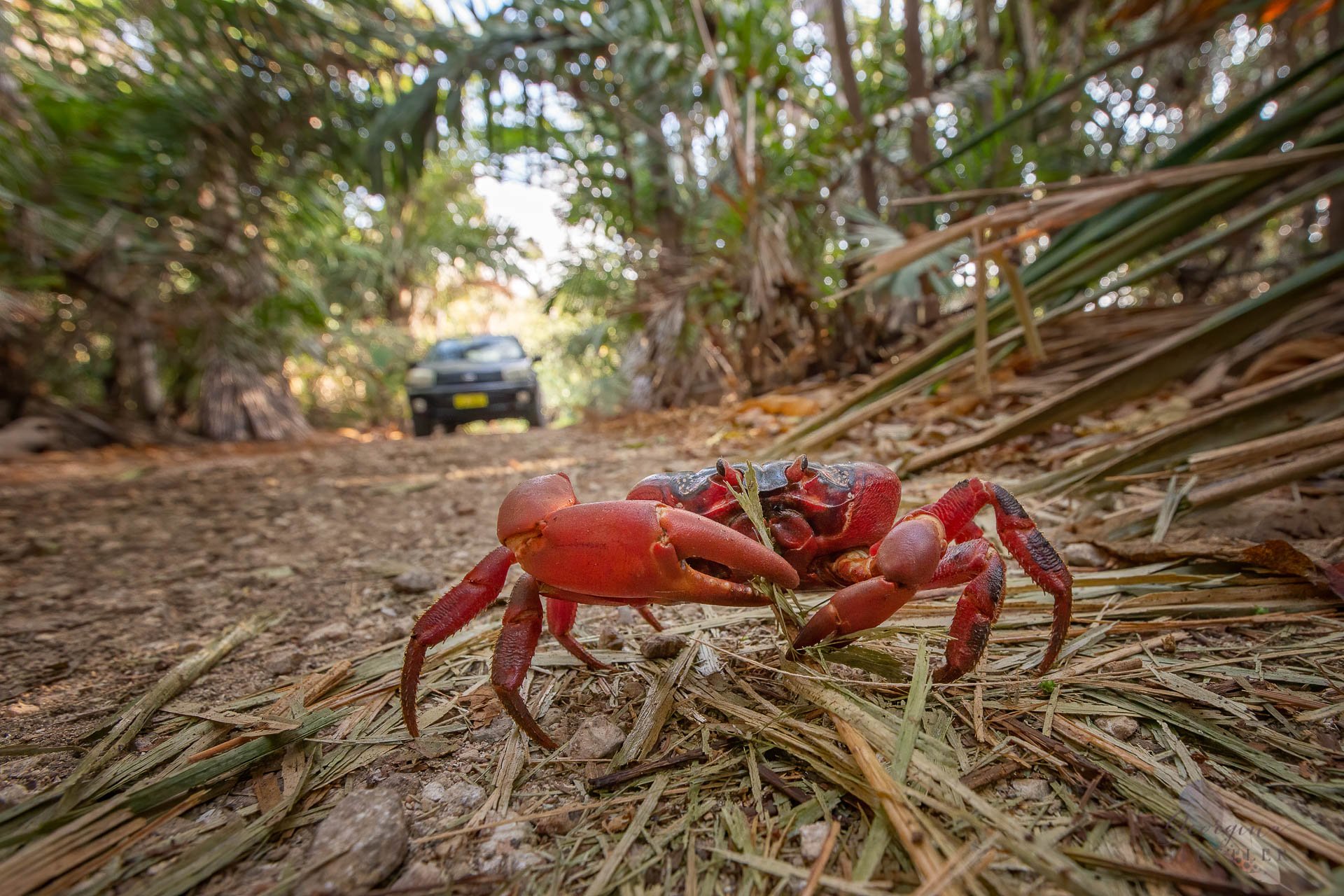
christmas island NATIONAL PARK
Discover an enthralling destination where nature is your guide.
CHRISTMAS ISLAND NATIONAL PARK
Spanning 85 square kilometers, the lush Christmas Island National Park covers nearly two-thirds of the Australian territory of Christmas Island, a tropical jewel rich in biodiversity. This isolated oceanic island, far removed from other land masses, serves as a sanctuary for a significant number of endemic species, including some that are endangered. The national park is dedicated to the preservation of the island's distinctive rainforests, two internationally recognized wetlands, countless red crabs, and a vital marine area, showcasing the unique environmental significance of Christmas Island.
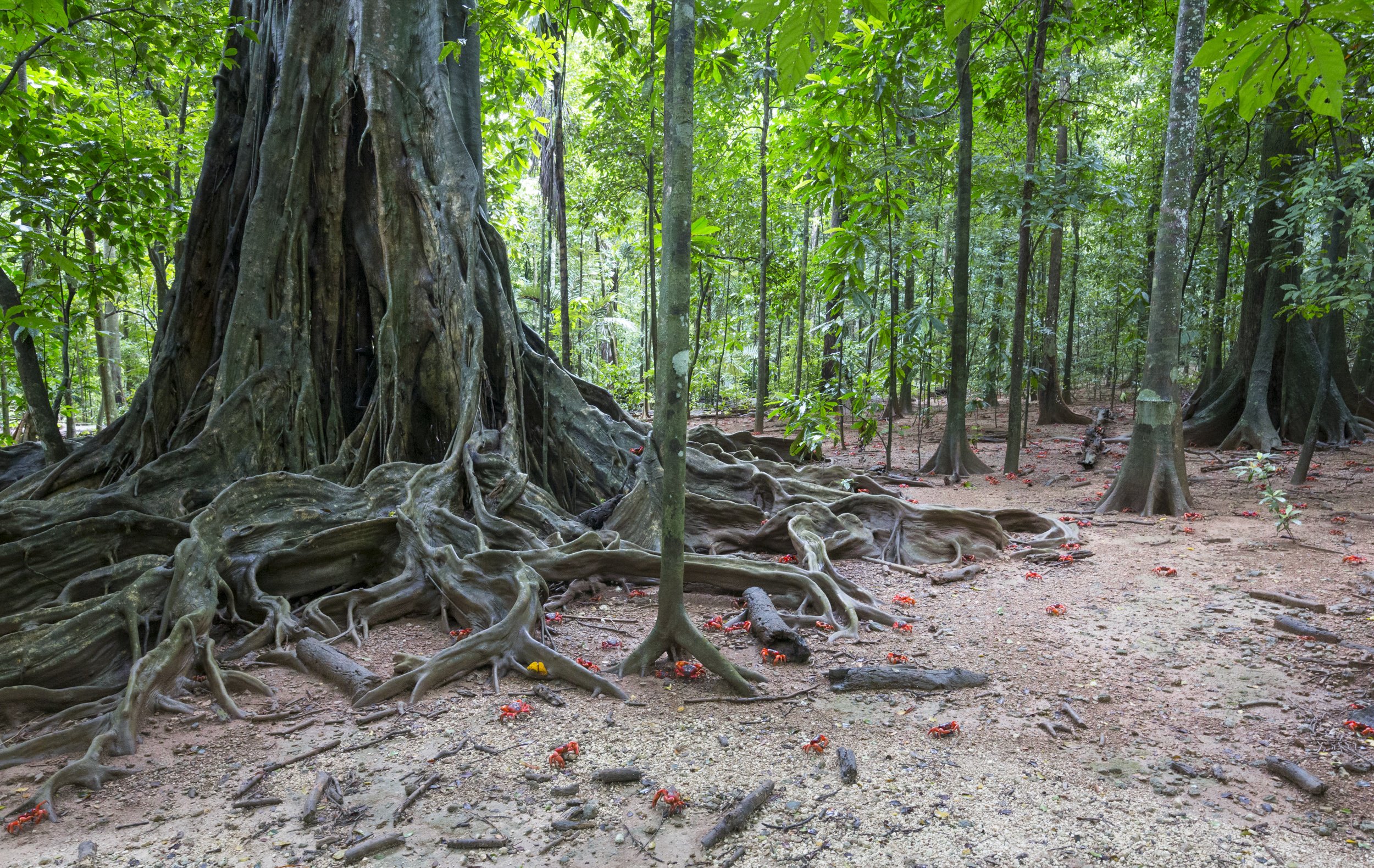
the national park
For nature enthusiasts, Christmas Island is a paradise waiting to be explored! Encompassing 63% of the island's 135 square kilometers, the Christmas Island National Park is a haven of natural beauty, thanks to the island's proximity to South East Asia and the equator, fostering a unique blend of flora and fauna. Managed by Parks Australia, a division of Environment Australia, this national park is a testament to the island's remarkable ecological evolution.
AN ISOLATED WONDER
Christmas Island is home to a high proportion of endemic species – found nowhere else in the world. Several are endangered. The park protects significant ecosystems including much of the island’s uniquely structured rainforests and two wetlands of international importance, the Dales and Hosnies Springs. In and around the national park you’ll find a host of native sea and forest birds, unique fish, and land crabs – including tens of millions of red crabs, famous throughout the world for their spectacular annual breeding migration.
CHRISTMAS ISLAND FLORA & fauna
The forests of Christmas Island are alive with the sight of red crabs, an iconic species known for their leisurely foraging and quick retreat into burrows when approached. These crabs are famous for their spectacular annual migration to the ocean for spawning, a phenomenon revered by ecologists as one of the natural world's marvels and a highlight for nature enthusiasts visiting the island. This mass migration, synchronized with the lunar cycle, occurs yearly with the onset of the wet season. This spectacle, where crabs swarm in unparalleled numbers, is a unique and unforgettable experience.
Land crabs and seabirds are among the most prominent wildlife on Christmas Island. To date, 20 species of terrestrial and intertidal crabs have been identified, including 13 true land crabs that rely on the ocean solely for larval development. The island's crab diversity and density are unmatched globally, earning it titles like "the crabbiest place on earth" and "kingdom of the crabs." Additionally, the formidable robber crabs, also known as coconut crabs, are a sight to behold, known for their ability to crack open coconuts with their powerful claws.
The island is also a vital habitat for various seabird species. Eight species or subspecies of seabirds nest here, with the Red-footed Booby being the most numerous, forming colonies in trees along the shore. The Brown Booby nests on the ground near sea cliffs, while the endangered Abbott's Booby, exclusive to Christmas Island, nests in the rainforest's tall trees. The island's forests are the only remaining nesting grounds for Abbott's Booby in the world.
The critically endangered Christmas Island Frigatebird has distinct nesting areas along the northeastern shores, while the more common Greater Frigatebirds nest in semi-deciduous trees, particularly in the North West and South Point areas.
The island also hosts the Common Noddy and two species of tropic birds, recognizable by their streamer tail feathers. Of the ten native land and shorebird species, seven are unique to Christmas Island. Additionally, 76 vagrant or migrant bird species have been spotted here. Birdwatching checklists are available from the Christmas Island Tourism Association.
Embark on your own jungle adventure on Christmas Island, whether by car, on foot, mountain bike, or a mix of these. With 63% of the island designated as National Park, a variety of trails await, from easily accessible boardwalks to more challenging paths for the daring and fit. Discover the island's beauty through a network of roads and trails, ideal for exploring by car or mountain biking.
Driving here is an experience in itself, with scenic routes meandering through the lush rainforest. Be mindful of the often unsealed and rugged roads, and consider your own and your vehicle's capabilities. The adventure intensifies during the wet season, as roads may close for the red crab migration or due to rain damage, so it's wise to check conditions before departing.
Cycling offers a thrilling experience, with demanding uphill rides leading to the jungle and exhilarating descents. If you plan to bring your own bike, remember to coordinate with airline or travel agent during booking. The journey along the coastal plateau offers a more relaxed ride, showcasing the island's stunning landscapes. Prepare for an adventure that blends the island's natural wonders with the excitement of exploration.
NATIONAL PARK ADVENTURES
NATIONAL PARK SAFETY
For more details on the Christmas Island National Park, including safety measures like the hire of Personal Locator Beacons (PLBs) from the Christmas Island Police Station (Tel: +61 8 9164 8444), please visit our website. PLBs are crucial for bushwalkers or solo adventurers in remote areas without mobile phone reception, ensuring immediate search and rescue support in emergencies. We highly recommend carrying a PLB while exploring remote areas of Christmas Island.
Camping on christmas island
For those wishing to immerse themselves in this extraordinary environment, camping within the Christmas Island National Park is an option. To obtain information and permits, contact the Christmas Island National Park Office at +61 8 9164 8700 or via email at ChristmasIslandNP@environment.gov.au. It's advisable to bring all necessary camping equipment, as the park does not have dedicated camping facilities.
SAFETY & PROTECTING THE NATIONAL PARK
-
Protecting the national park The national park is established and managed under the Environment Protection and Biodiversity Conservation Act 1999. The Act and its Regulations set out rules for what can and can’t be done in the national park. So to help protect the park please:
• Keep to vehicle roads and tracks and walking tracks
• Camping is not allowed in the national park except at Dolly Beach, which requires a walk from the car park of about 1.5 km each way. If you wish to camp at Dolly Beach please contact national park Headquarters on Ph: 08 9164 8700 • Do not feed or disturb wildlife
• Do not light fires
• Do not spear fish in the park. The national park boundary extends 50m from the low water mark of the land areas of the park.
• All land crabs on Christmas Island are protected so please drive safely to avoid killing crabs. It is an offence to recklessly or deliberately kill crabs or interfere with wildlife. -
Please take extra care when you’re visiting natural areas – we want you to have a great time and return home safely.
• It is easy to become lost in the rainforest so keep to walking tracks and roads.
• Walk with another person and tell someone where you are going and when you expect to return.
• Carry plenty of drinking water
• When bushwalking wear sturdy shoes, a hat, sunscreen and loose and light breathable clothing.
• The sea cliffs and inland cliffs on Christmas Island can be very treacherous so please keep away from cliff edges and do not venture on to rock platforms on the shoreline
• Please use commonsense when swimming or wading at any beach – they can be subject to large waves and swell, strong rips and undertows. No beach on the island is patrolled by lifesavers. Swimming from beaches is only recommended at Flying Fish Cove under calm sea conditions
• Follow all safety directions, notices and warning signs. Some roads in and out of the national park are 4WD only and many sections are steep and narrow and become slippery when wet.
• Drive carefully and slowly. Take extra care when driving during wet periods, during the red crab migration or when robber crabs are out on roads and tracks.
